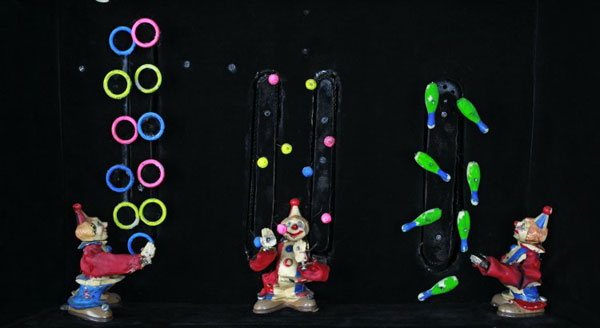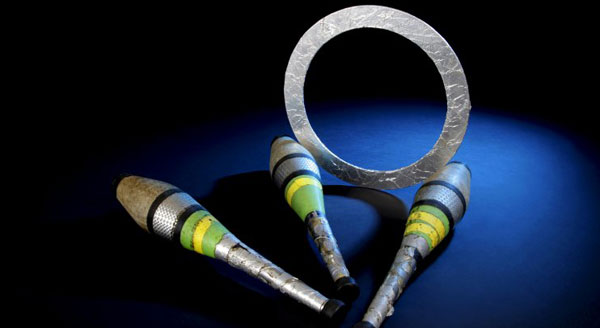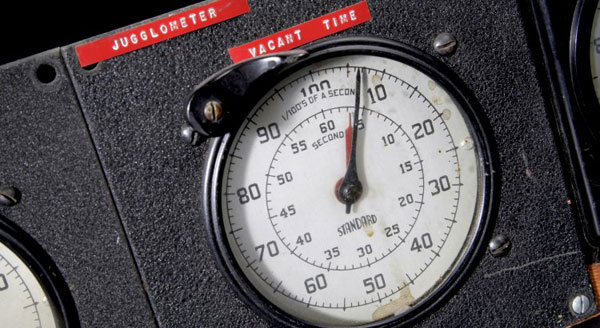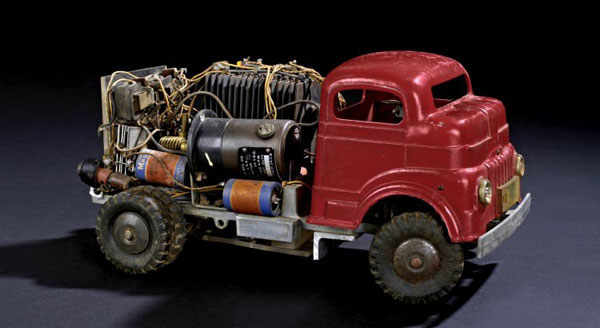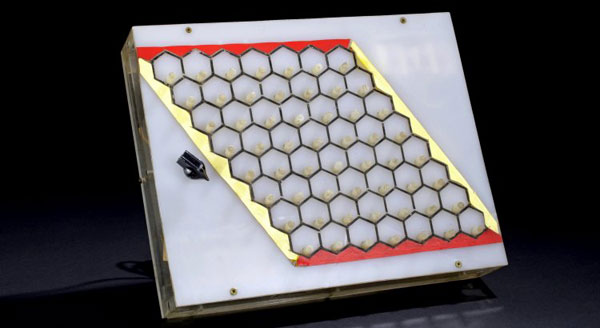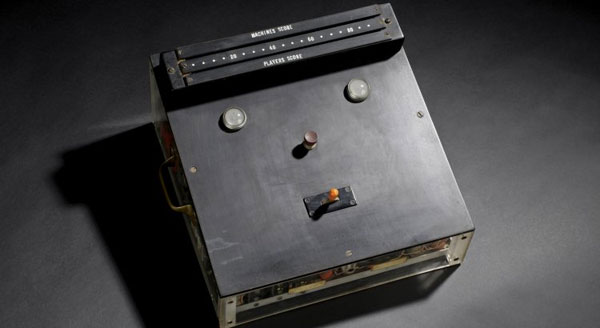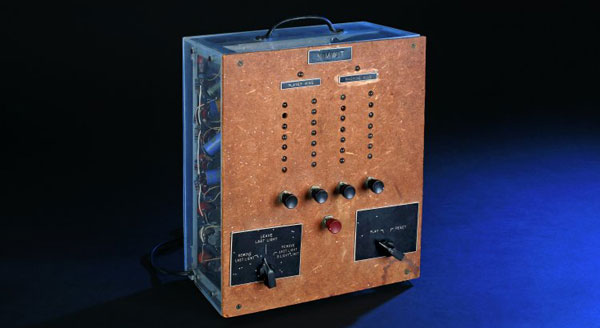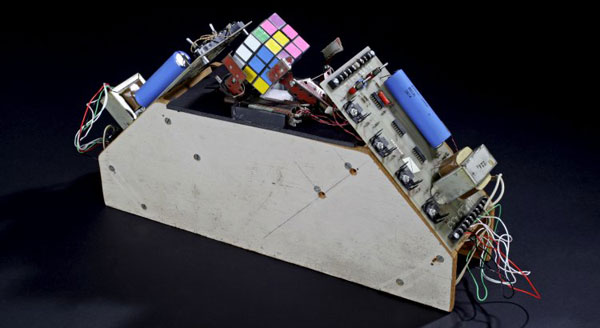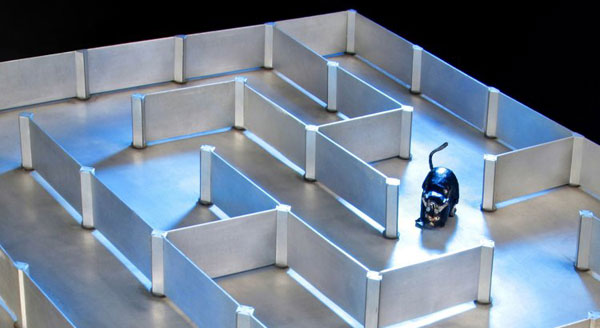From 1956 to 1978, Claude Shannon (1916-2001) was a professor at the legendary Massachusetts Institute of Technology (MIT). It was during this period in particular that he constructed not only technological curiosities, but also innovative and pioneering machines in his private workshop. He built a computer that calculated using Roman numerals. He used a telephone relay to build the first chess computer capable of calculating different end game situations, and crafted small juggling figures. His work also included a tin mouse that could find its way out of any labyrinth. In 1981 he built a mechanical robot capable of solving the legendary Rubik’s Cube puzzle.
All these objects combined great intellect and playful fantasy with manual dexterity. Some of the delightful objects he produced revolutionised technology, while others were built merely for his own amusement.
“It’s amazing how much these inventions tell us about Claude Shannon as an academic and human being,” says Deborah Douglas, Curator for Science and Technology at the MIT Museum. “Wit, intellectual brilliance and a certain degree of quirkiness are qualities held in high esteem by the MIT.”
At the Heinz Nixdorf MuseumsForum, Shannon’s objects will be displayed in glass cabinets arranged in a circle. The focal point of the exhibition will be the multimedia presentation “Signal and Noise”. Here, visitors can generate signal interference, experience noise, and witness at first hand the significance for modern telecommunications of Shannon’s groundbreaking work.
In order to place the genius inventor’s “toys” in a scientific context, the HNF organisers have created special scenarios as a counterpoint for each object. These range from curious pocket calculators via remote-controlled helicopters all the way to exhibits on game theory and Shannon’s legendary “Ultimate Machine”. Although the prototype of the latter has been lost, the HNF has managed to create a replica to show how it worked. Digital picture frames provide multimedia explanations of each original object.
To protect the original exhibits, visitors can see how they worked in videos only. A small cinema will show rare footage of Claude Shannon explaining several of his inventions. A film provided by the University of California in Berkeley shows Shannon being introduced as the “father of the information age”. In the foyer, a juggling robot will draw visitors’ attention to the exhibition (see video).
The exhibition is set to run from 6 November 2009 to 28 February 2010 and will extend over 500 square metres of floorspace on the third floor of the Heinz Nixdorf MuseumsForum. In addition to the exhibits loaned to us by the MIT Museum, Graupner is kindly providing several remote-controlled toys that are well worth seeing, while objects from Hamlin-based automation specialists Lenze and artist Hannes Waldschütz (“Waiting Machines”) will round off the exhibition.
